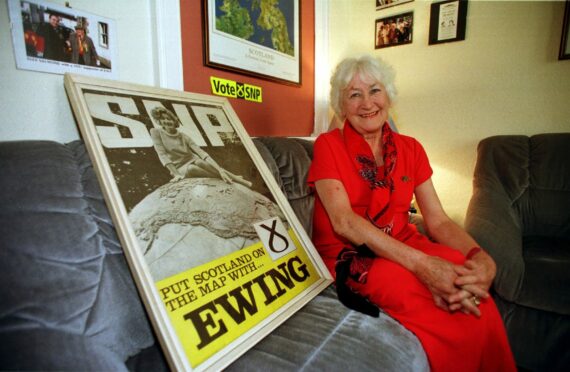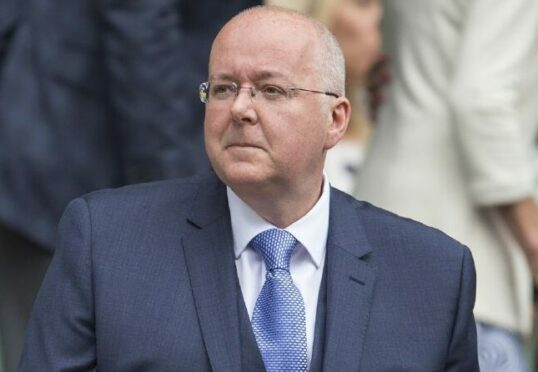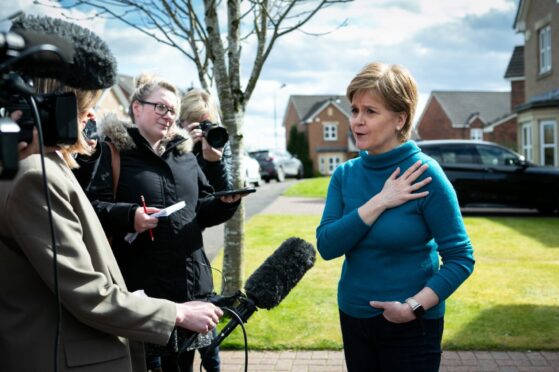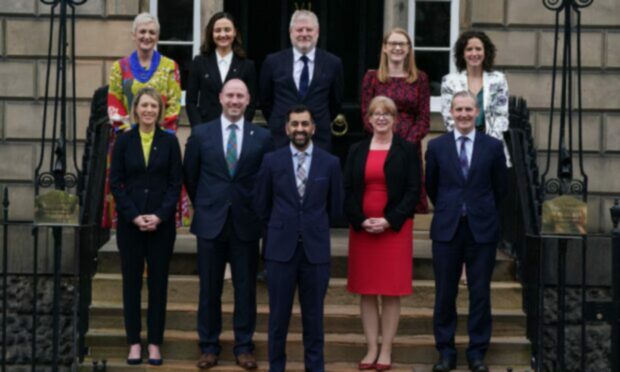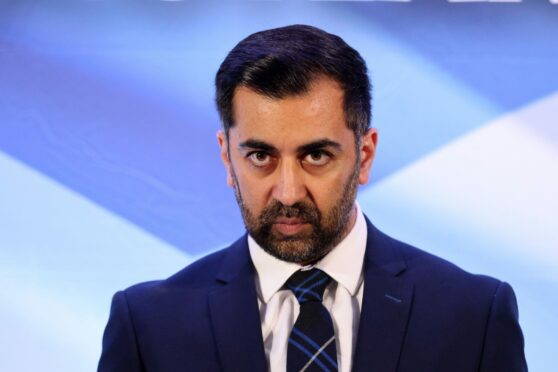
Damage has certainly been done to the SNP with the arrest of Peter Murrell, former chief executive and husband of Nicola Sturgeon.
Pictures and memories of police officers entering SNP headquarters and the extraordinary scenes of officers, police vehicles and an incident tent outside Sturgeon’s home cannot be expunged.
Political parties can ride out storms. They can stage a relaunch, especially under a new leader. But Humza Yousaf has his work cut out to turn this around. The SNP’s problem is that these dramatic scenes follow revelations of dishonest claims on membership, a bruising leadership contest and growing criticisms of policy failures.
Last week’s events have been the culmination of what is proving to be the SNP’s annus horribilis, to borrow a term of the late Queen. There has been no political honeymoon for the new SNP leader.
It is always challenging following a strong leader. The new leader needs to move out of his predecessor’s shadow. But this is difficult having presented himself as the continuity candidate. There are signs that Yousaf is aware of this. He called last week for “more openness, more transparency” to rebuild public confidence but he has been very slow to react, having dismissed criticisms levelled by his rivals for the leadership during the contest.
An impression has been created that he was the party establishment’s preference because he was most likely to defend the old regime rather than for his competence. He is now caught between old loyalties and the new demands of leadership.
The lack of transparency is only part of the problem for the SNP – both as a party and as a government. There is a lack of rigorous accountability. SNP members were willing to go along with the leader-knows-best approach, so long as another independence referendum was thought imminent. But many became tired of endlessly marching to the top of the hill then marching down again. Frustrations and resentment have grown as it dawned on more and more SNP members that another referendum was nowhere in sight.
At the heart of the problem is trust. Trust is a precious commodity in politics. Untrustworthiness could easily replace competence as the feature closely associated with the SNP. Yousaf has a personal problem here. In a poll conducted during the contest, only 18% of the public described Mr Yousaf as trustworthy.
He simply cannot afford to be associated with the images from for last week. A break with the past is essential if the SNP is to have any hope of defending its current seats.
The SNP needs a review of its governance, as he has acknowledged. Essential as this is, a review will be a distraction from the party’s core business of governing competently and preparing for the next general election. A proper overhaul will not be comfortable or easy. It will need to be thorough and that cannot be done quickly.
To be effective, the SNP will need to expose weaknesses and failures that it might prefer to avoid.
The last thing a party needs at this point in the electoral cycle is to be expending time and energy looking inwards. A party spending time contemplating its navel is not in a great place to face the electorate. But last week’s scenes make that unavoidable.
James Mitchell is professor of public policy at the University of Edinburgh

Enjoy the convenience of having The Sunday Post delivered as a digital ePaper straight to your smartphone, tablet or computer.
Subscribe for only £5.49 a month and enjoy all the benefits of the printed paper as a digital replica.
Subscribe
